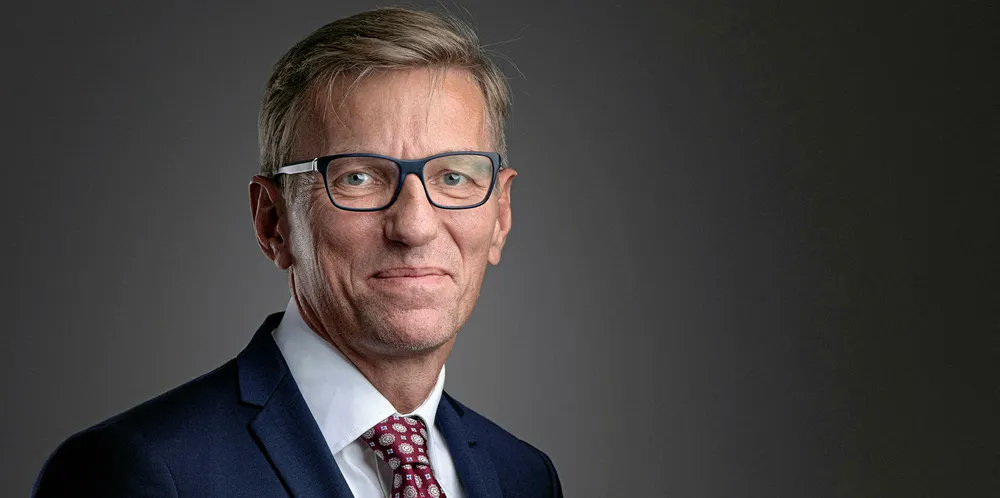'The sooner a product is proven, the faster it can see adoption'
After a career in onshore wind with Vestas, Johnny Thomsen has come onboard the Dane’s offshore JV with Mitsubishi Heavy, MHI Vestas, as co-CEO. He talks to Darius Snieckus about product management, processes and ‘pushing technology boundaries’
